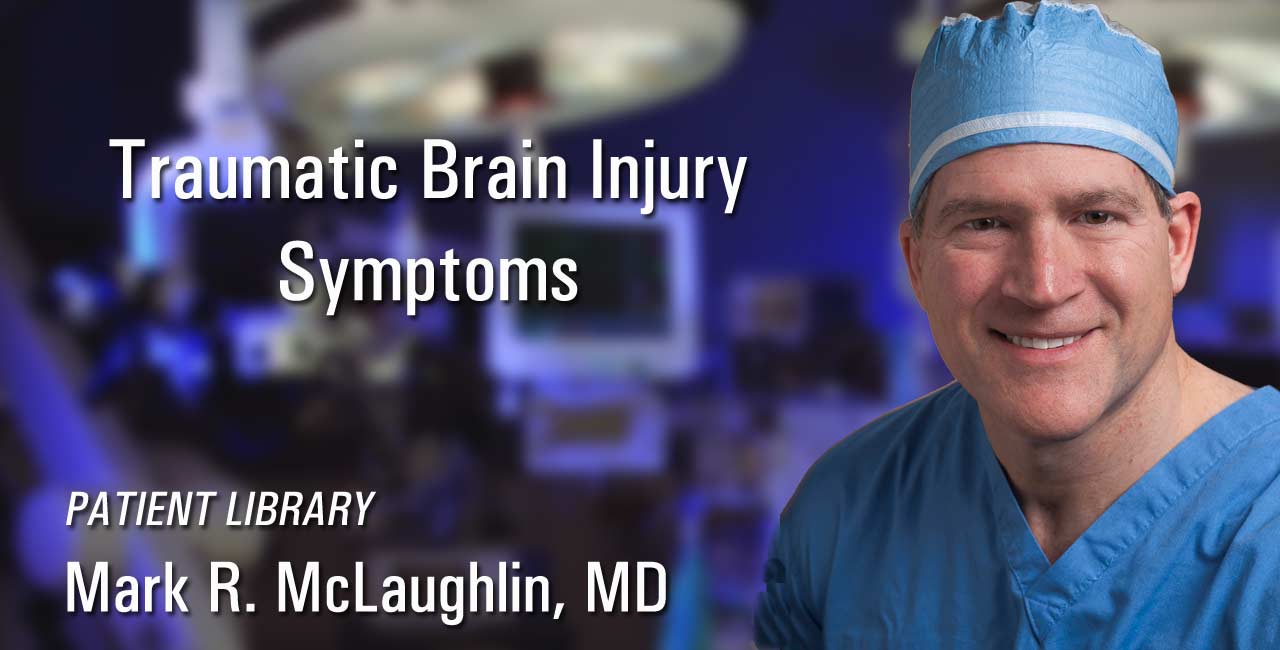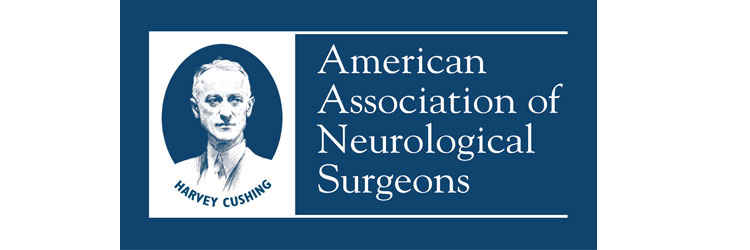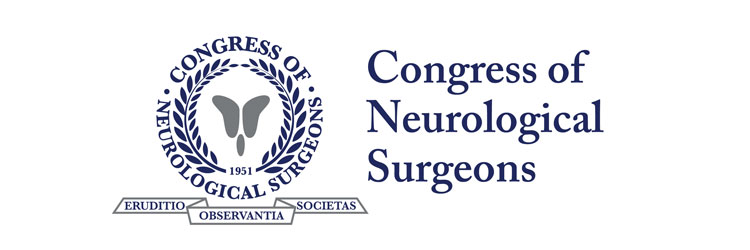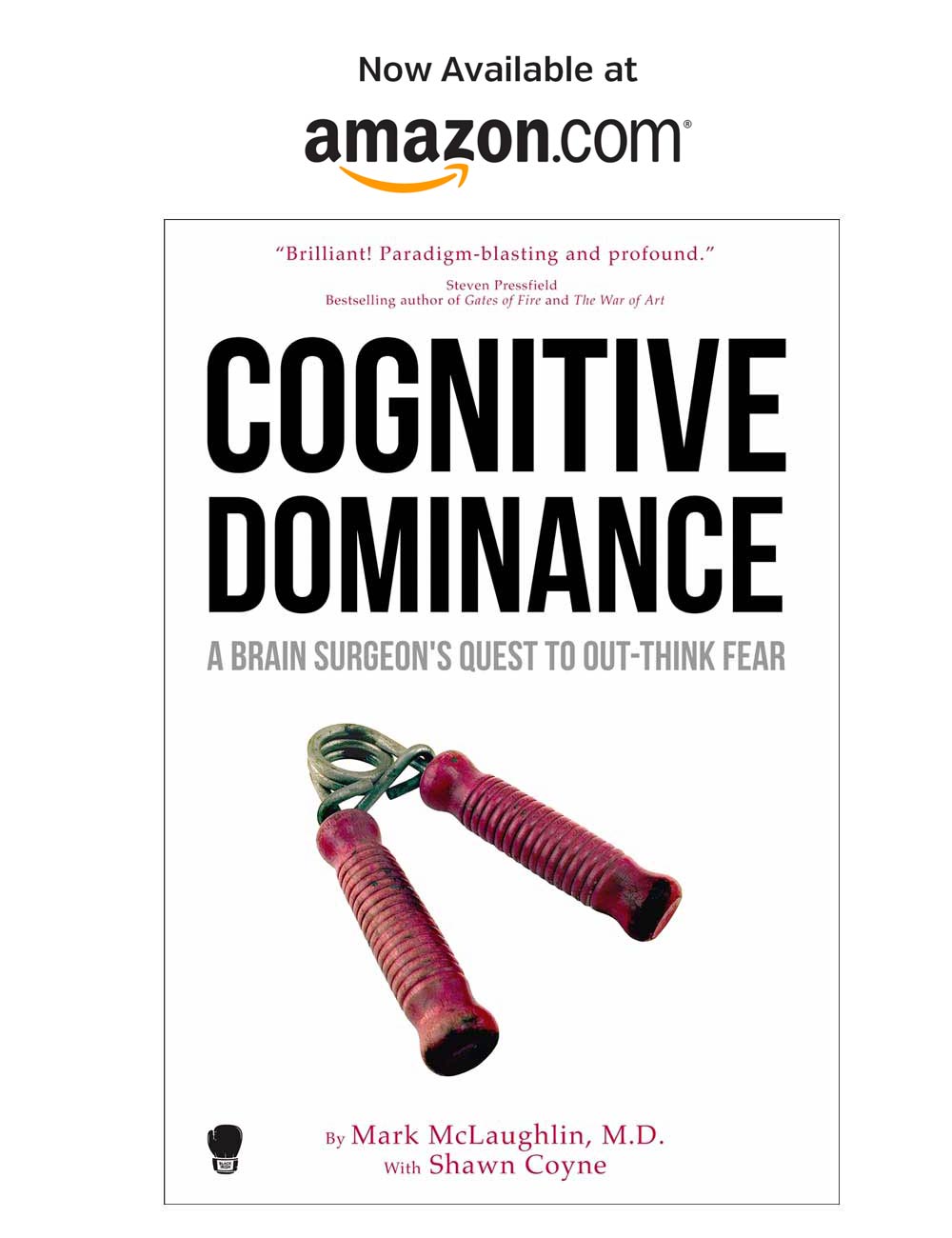Symptoms of Traumatic Brain Injuries

By Mark R. McLaughlin, MD, FACS, FAANS
Traumatic brain injuries like the one that resulted in the death of actress Natasha Richardson after a skiing accident in 2009 often go undiagnosed and are more common than you might expect. You may be surprised to learn that author Kurt Vonnegut, and astronaut William B. Lenoir lives were ended by brain injuries. Legendary Formula 1 driver Michael Schumacher suffered devastating injuries in a 2013 ski accident.
Of the 1.4 million people who sustain a traumatic brain injury – also known as concussions – each year in the United States:
- 50,000 die
- 235,000 are hospitalized
- 1.1 million are treated and released from an emergency department.
However, the Centers for Disease Control and Prevention notes that number of people with a traumatic brain injury who are not seen in an emergency department or receive no care is unknown. More concerning is the fact that the majority of traumatic brain injuries occur in children and young people. The age groups at highest risk for traumatic brain injury are infants to 4 year olds and 15 to 19 year olds.
A concussion is any altered mental status that occurs after a blow to the head. Most commonly, with these types of blows, the head is rotated in a violent fashion causing a shaking of the brain inside the skull
Symptoms of a concussion may include headaches, dizziness, nausea, vomiting, blurred vision, lethargy or sleepiness, loss of consciousness and in more severe situations, coma.
Depending on their severity, concussions can cause a range of functional changes affecting thinking, sensation, language and emotions. They also can cause epilepsy and increase the risk for conditions such as Alzheimer’s disease, Parkinson’s disease, and other brain disorders that become more prevalent with age.
The child brain is imminently more susceptible to a concussion for a number of reasons. A child’s head is proportionately significantly heavier than the rest of their body compared to an adults, making children particularly susceptible to head and neck injuries. Moreover, a child’s brain is in a developing state and continuing to make nerve connections. Any disruption could hinder this development process and potentially result in lifelong problems. Lastly, a child’s skull is thinner, making their brain more susceptible to the kinetic energy usually shielded by an adult full thickness skull.
If a parent thinks their child may have a concussion, there are several steps they can take to ensure the youngster receives proper treatment.
If the parent witnessed the injury, one of the most important questions to ask is: was there a loss of consciousness? If so, the child should be taken to the emergency room immediately and evaluated by a physician. If there was no loss of consciousness, the next question to ask is: did the child cry immediately? If the answer is yes, then usually this tends to signal a mild head injury.
How a child acts immediately and several hours after a head injury is critical in determining whether they need medical evaluation. If the child has no symptoms within five or 10 minutes after the injury and he or she is acting like their normal self, then most likely they can be watched without a trip to the emergency room. If however, the child is not feeling well or not acting normally at any point, call 9-1-1 or and get to an emergency room immediately.
If an adult has not witnessed the injury, the first thing is to get the story about what happened from the child as best as possible. Then assess how the child is acting and check on them every 10 to 15 minutes. After two or three normal checks, the intervals can be spaced out to an hour or two. If the child is behaving normally, then there is likely no need for any further investigation. If at any time – even the following day – the child shows symptoms of a concussion, he or she should be evaluated by a pediatrician.
When an adult hits his or her head, the symptoms of a traumatic brain injury are much the same. However, oftentimes decision-making is impaired and adults will refuse treatment. The best action is for friends and other adults to stay with the person, and if they observe symptoms of a concussion, insist the person seek help. It’s also important to note that adults who have been consuming alcohol or who are taking blood-thinning medication and hit their head are at greater risk for traumatic brain injury.
After sustaining a concussion, people may experience post-concussive syndrome, typically characterized by headaches, irritability, and difficulty concentrating. This is extremely common, and over time as the brain recovers and restores all of its neurotransmitters, a person will return to their normal self. This may take up to three months in people who have had mild to moderate concussions. In people who have had severe concussions, recovery should be managed by a neurosurgeon, a physiatrist, or a neuropsychologist well versed in head injury rehabilitation.
Additionally, people who have suffered a concussion are susceptible to “second impact syndrome” in which they sustain a second head injury before the symptoms of the first head injury resolve. This is most common in athletes and is easily preventable. No athlete should return to sports when the symptoms of a concussion are still present.
Not all traumatic brain injuries can be prevented, but a simple step like wearing a helmet when bike riding or skiing can help protect the brain in the case of an accident. While concepts like wearing a helmet on the ski slopes may seem new to people, we need to learn from the tragedy of Natasha Richardson to change our habits and use common sense to guide us and keep us safe.
The New York Times has published a useful checklist of symptoms to guage the severity of a head injury.
You can find more information about brain injury at Brain Injury Association of America.



